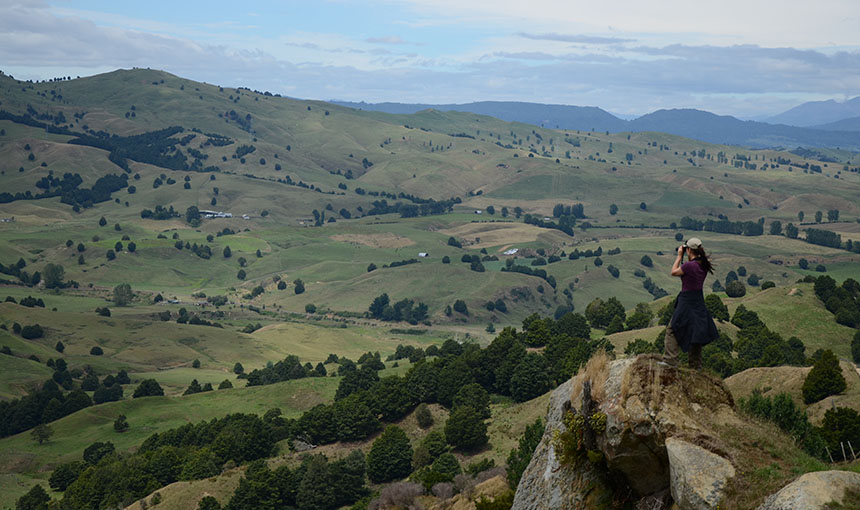One DNA extraction method to rule them all
Providing a significant step-forward for biodiversity monitoring, researchers have identified a single DNA extraction method that accurately detects species present in a wide range of environments.

If this method is adopted by all New Zealand researchers extracting environmental DNA (eDNA), it has the potential to paint a much clearer picture of the state of our environment – and whether or not ecosystems are in decline.
The work was carried out by BioHeritage Challenge Parties the University of Auckland and Auckland University of Technology. Project Leader Dr Gavin Lear says the break-through has the potential to hugely advance eDNA as an ecological research tool.
“Our ability to accurately detect the species present in an environment is crucial for monitoring biodiversity and aiding conservation efforts,” he says.
“While traditional methods rely on the physical identification and counting of visible species in an environment, the past decade has seen the development of DNA-based approaches to assess biodiversity, track invasive species and monitor endangered species.
“eDNA can simultaneously provide information about the occurrence, distribution and diversity of organisms across multiple branches of life.”
However, because there is a variety of eDNA extraction methods, researchers cannot reliably compare results from different studies. This research, undertaken by PhD student Syrie Hermans, has comprehensively assessed the biases associated with six DNA extraction methods and identified one that is optimal for multiple organisms and sample types: DNeasy PowerSoil.
The adoption of standardised approaches for eDNA extraction will ensure that results can be more reliably compared, and biases quantified, thereby advancing eDNA as an ecological research tool,” she says.
A big goal for the BioHeritage Challenge is to empower New Zealanders to value our biological heritage, understand how it is changing, and be inspired to protect it.
One way we’re working toward this is to develop and agree common metrics to measure progress toward our mission of reversing the decline of Aotearoa’s land- and water-based ecosystems. The work being done by Gavin and his team is an important piece of this puzzle.
Read more about Gavin’s work, or read the full research paper here.